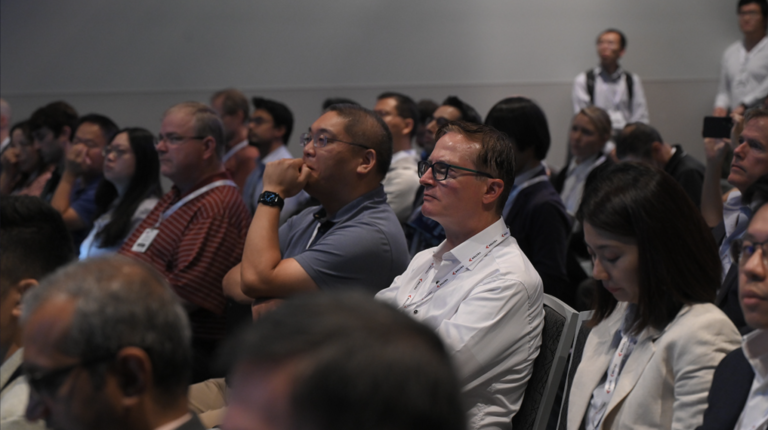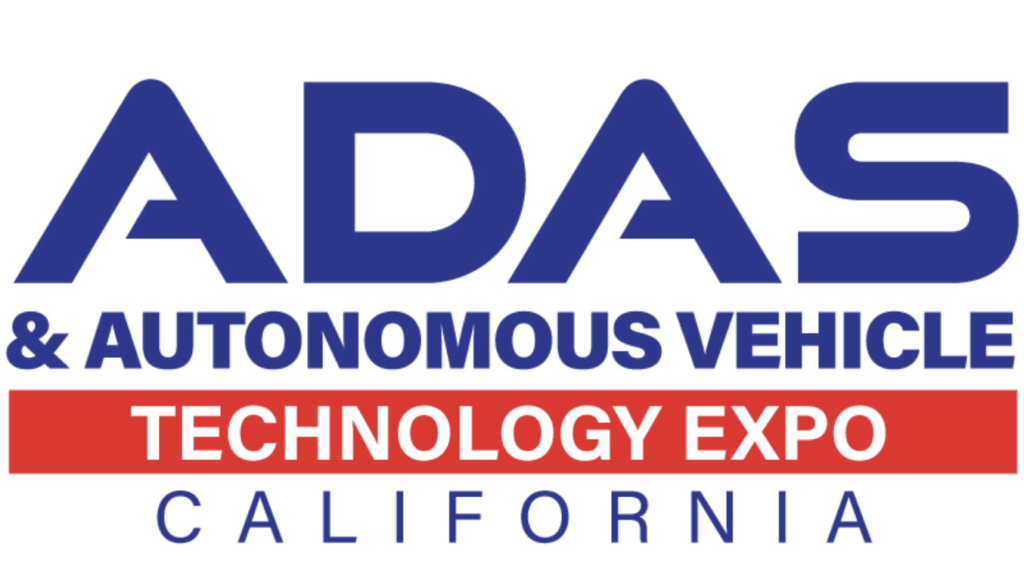Conference delegates at ADAS & Autonomous Vehicle Technology Expo California are being blessed with some highly insightful presentations. These are just a few of the many highlights…
Cameron Gieda from Pony.ai provides analysis of AV/ADAS shortcomings and potential solutions
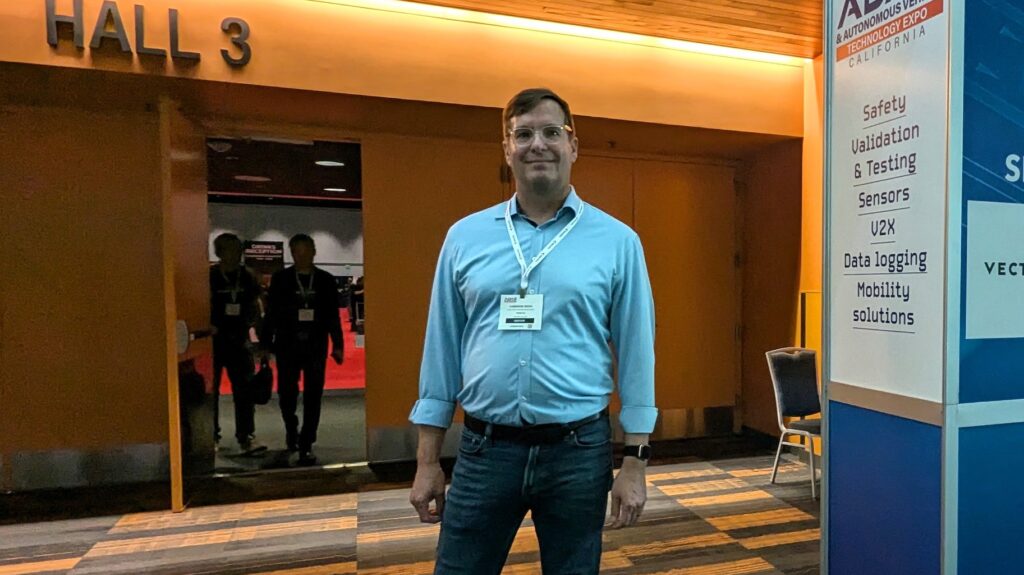
Day 2 of the conference began with discussions on safety considerations and best practices for advancing ADAS and AV technologies.
Cameron Gieda, director of business development at Pony.ai, gave a fascinating talk on the shortcomings of autonomous vehicle technologies and ADAS technologies on the market today. “It seems that on a weekly basis we see another accident or incident involving the apparent failure of an AV or ADAS,” he said. “Regardless of the frequency of these incidents, they are used as fodder by the media to frighten the public, earning more clicks and added revenue. We’ve seen AVs jamming up streets, hitting cyclists, dragging pedestrians and a recent tragedy where a Ford Mustang Mach-E (supposedly with BlueCruise engaged) struck a stopped vehicle on a highway, resulting in a fatality.”
Gieda went on to discuss his opinions as to why such incidents happen and proposed technical solutions to reduce or eliminate these issues in the future.
“Solutions can take the form of better or increased sensors on vehicles or more robust localization and communication systems,” he said. “There are also many investments that can be made around infrastructure, which could greatly improve the safety and efficiency of ADAS and AV systems.”
He shared a few of these technical approaches (including V2V and V2X) as well as who he believes should be paying for them.
Speaking to AAVI after his presentation, Gieda explained that he particularly wanted to show “where the industry could improve things, as far as safety and expense and basically usability are concerned, so we have more customers using these things, which should hopefully result in a much safer road”.
He added, “I’ve been attending the event for many years and it’s really the key show of the summer in Silicon Valley for everybody in the automotive industry.”
Insight on regulations and standards from SAE International
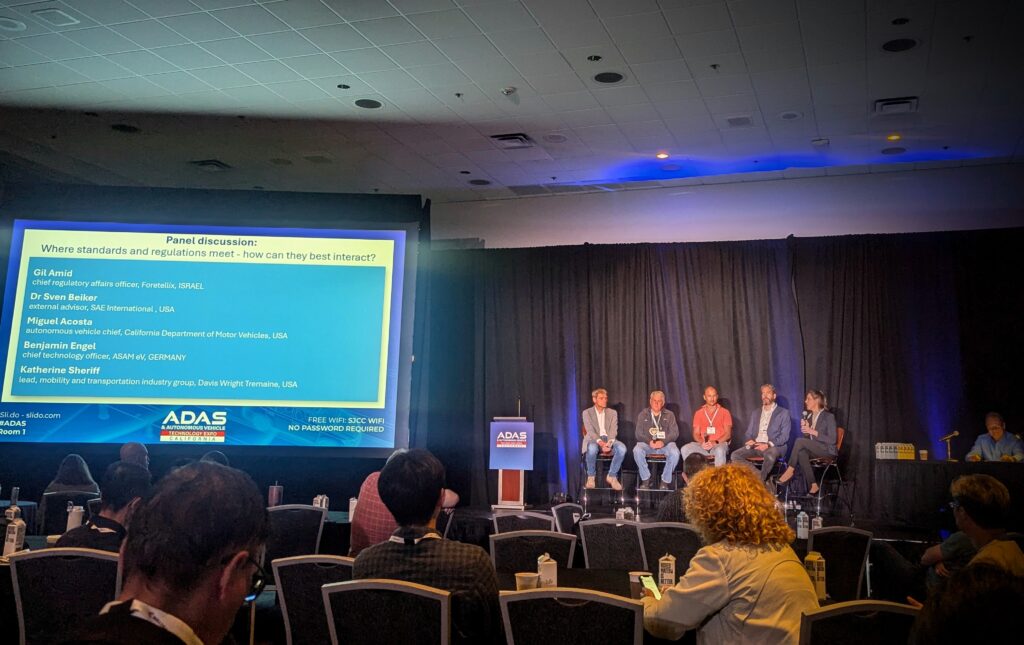
Dr Sven Beiker, external advisor to SAE International, was in San Jose to moderate the Day 1 ADAS & Autonomous Vehicle Technology Expo Conference session on ‘Key issues, strategies and innovations and their implications for safe AD/ADAS development and deployment’ and was also part of a lively panel discussion before lunch on Day 2.
Along with experts from Foretellix, California DMV, ASAM and law firm Davis Wright Tremaine, he discussed his thoughts on the current landscape for regulations and standards, and what developments might be on the horizon. The panel also talked about possible interactions between regulations and standards, what barriers there might be to interaction and how these might be negotiated.
For more on SAE’s approach to standards and regulations, read ADAS & Autonomous Vehicle International‘s pre-show interview with Sven Beiker here.
Waymo explores computational metrics that can be used as behavioral benchmarks 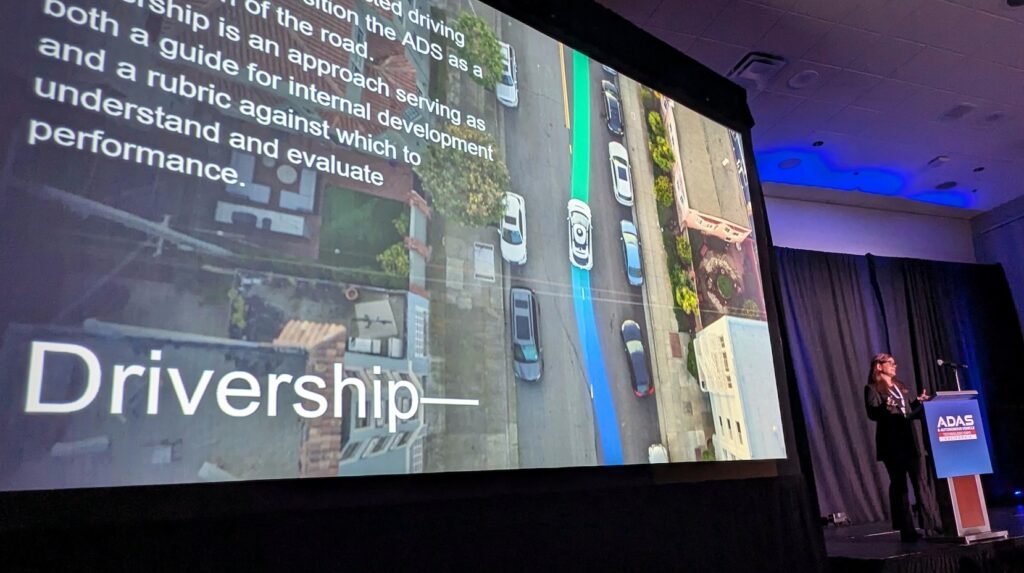
Azadeh Dinparastdjadid, senior research scientist at Waymo, is in San Jose this year to discuss automated driving system behavior evaluation in the ‘Regulations, standards, metrics and collaboration – building blocks for safe ADAS and AD technologies’ session.
The presentation covered how computational metrics can be used as behavioral benchmarks for flagging when ADS behavior does not meet expectations. Dinparastdjadid also explained how such metrics can be applied to discovering novel scenarios and events with behavioral issues from existing datasets.
Speaking to AAVI, she highlighted a particular concept that Waymo uses: “Drivership is the realization of expected driving behaviors that position the ADS as a good citizen of the road, which can build trust by meeting and exceeding societal expectations on how autonomous driving systems behave on the road. Behavior reference models are a means to operationalize Drivership. These benchmarks can include any metric, or criterion used to operationalize proper/improper Drivership. Waymo’s models such as NIEON, Surprise and FSM will help operationalize Drivership.”
Read more in Azadeh Dinparastdjadid’s recent interview with AAVI here
Nuro showcases its AI-powered Nuro Driver technology
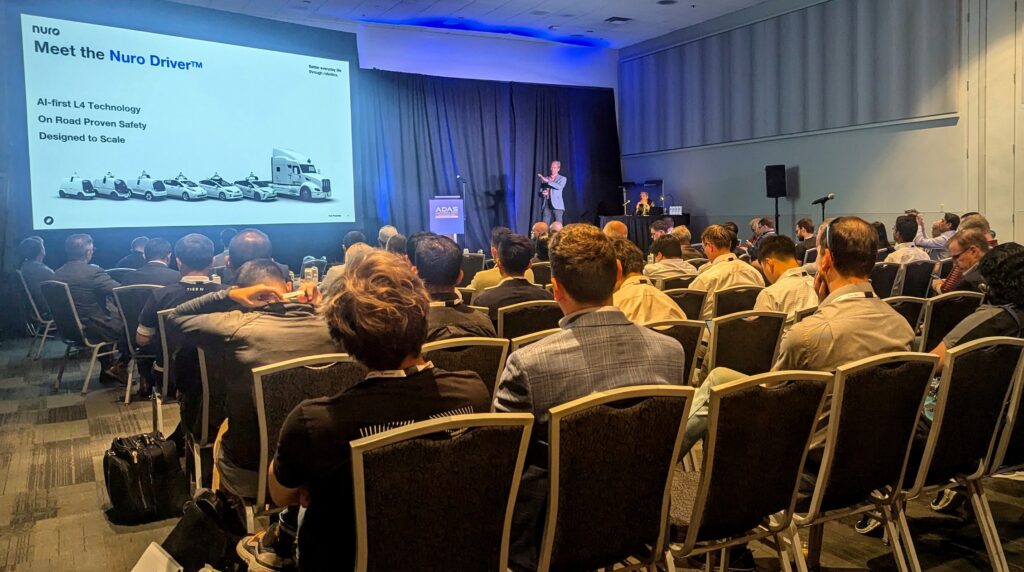
A highlight of the conference so far is the presentation by Tilo Schwarz, vice president and head of autonomy at Nuro. Schwarz presented the company’s Nuro Driver, its current architecture and main components, perception, mapping and localization and behavior.
The presentation looked into the machine learning and robotics parts of the Nuro Driver and the company’s approach to ensure the safety of the generated trajectories.
Schwarz told AAVI at the event, “As pioneers in autonomous systems, we’re committed to achieving L4 autonomy on all roads with industry-leading safety standards. This conference allows us to engage with potential partners and explore advancements in sensor fusion, simulation and ML/AI models that could enhance our autonomous stack.
“We’re particularly interested in flexible system architectures and cost-efficient hardware-software integration. Nuro’s presence underscores our vision of intelligent robots improving lives across various applications, and our dedication to defining the future of autonomous technology beyond our current focus on delivery solutions.”


